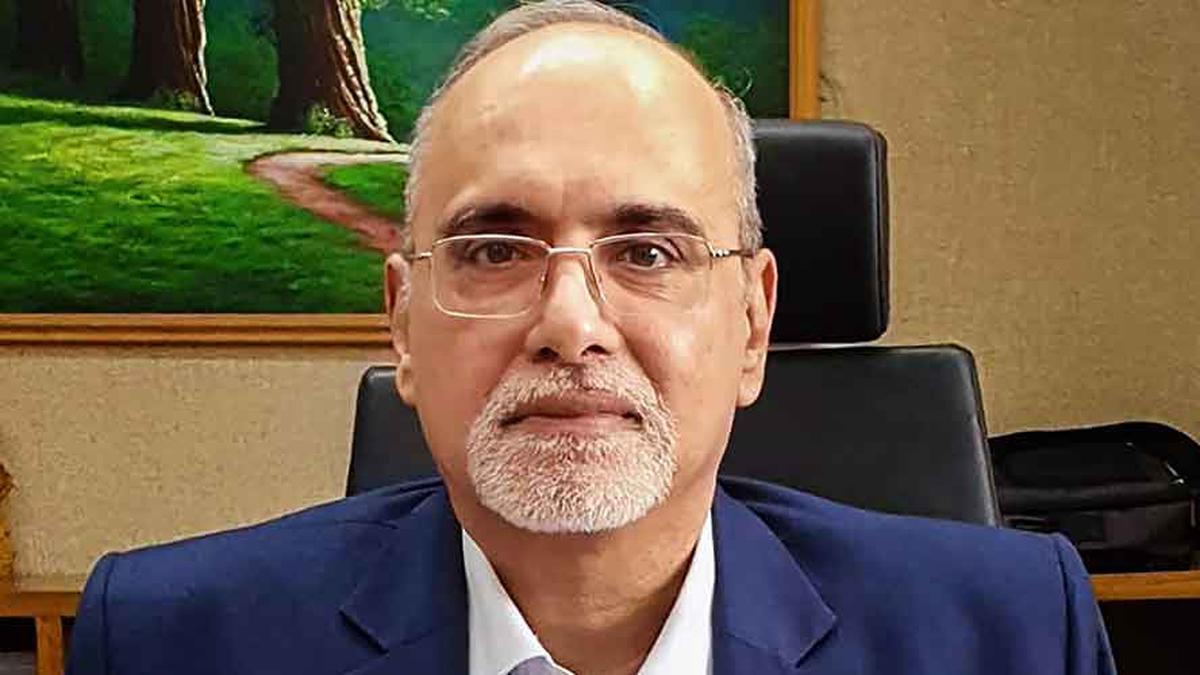
Need better rupee volatility management to deal with risks of internationalisation: RBI Deputy Governor
The Hindu
Reserve Bank Deputy Governor M Rajeshwar Rao also said that internationalisation of rupee has its own benefits as well as challenges and risks
India needs to gear up to manage the exchange rate volatility as the country progresses on the path of internationalisation of rupee and freer capital account convertibility, according to Reserve Bank Deputy Governor M Rajeshwar Rao.
He also said that internationalisation of rupee has its own benefits as well as challenges and risks which the country and the Reserve Bank of India (RBI) will have to deal with.
Delivering the keynote address at the 17th FEDAI conference at Cairo on March 5, Mr. Rao said “as the economy grows and becomes more developed, the scope of participation in foreign exchange markets would change”.
"With the increasing integration of the economy with the rest of the world, more and more entities are likely to, directly or indirectly, get exposed to foreign exchange risks. There are likely to be demands for permitting hedging of economic exposures," he said.
“A whole new market with a new set of market participants has opened up, with banks in India being allowed to participate in the offshore non-deliverable market for rupee derivatives in a bid to integrate markets. This is a part of the overall effort towards greater convertibility of rupee,” he said.
According to him, further dynamics are likely to emerge as the country progresses towards the path of internationalisation of the rupee.
"It is now widely accepted that while internationalisation and a freer capital account comes with its own set of benefits, it is not without risks and that freer capital flows come with their own set of challenges, the primary one being that of volatility and we need to gear up to manage that," he noted.

The Union Budget unveiled on February 1, 2025, has come at a time of unprecedented global uncertainty and a flagging domestic economy. The real GDP growth is estimated at 6.4% for 2024-25 and between 6.3-6.8% for 2025-26, a far cry from >8 percent growth required annually to make India a developed nation by 2047. While much attention has been devoted to the demand stimulus through income tax cuts, not enough is said about the proposed reforms in urban development, tariff rationalisation, and regulatory simplification aimed at making Indian cities and corporates more competitive. Since the majority of economic activity is located in cities (urban areas account for ~55% of GDP) and produced by large corporates (~40% of the national output and 55% of India’s exports), the above-mentioned reforms have a pivotal role in improving India’s trend growth rate. Below we unpack each reform.












